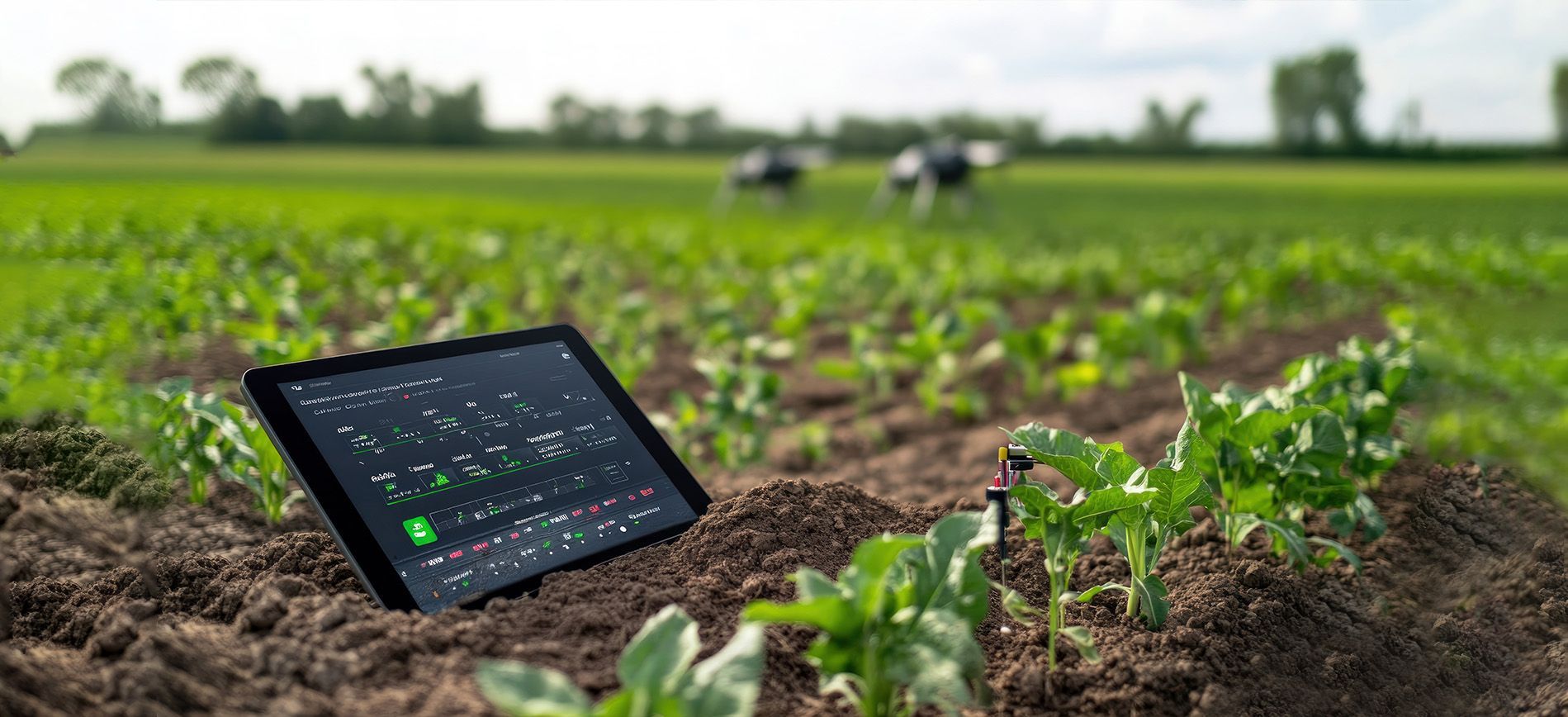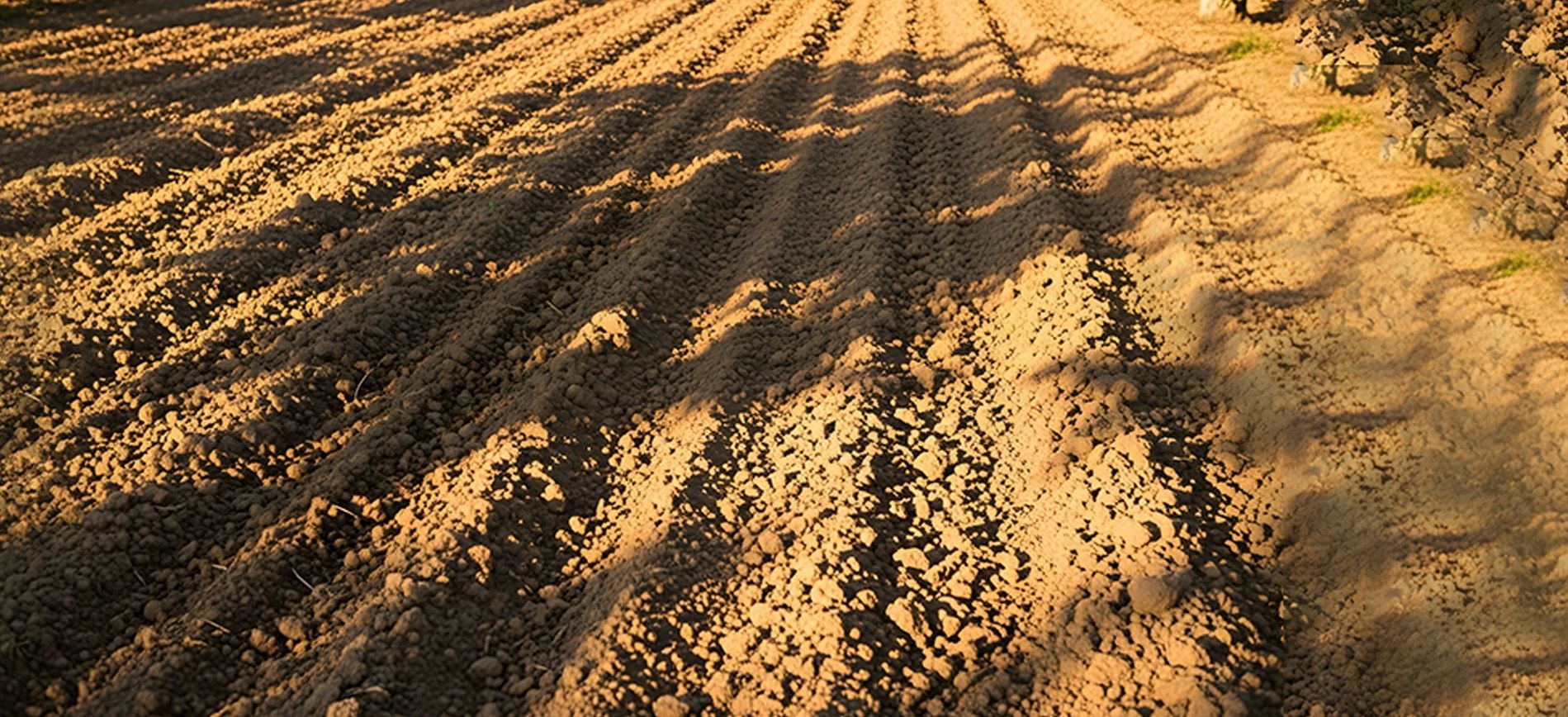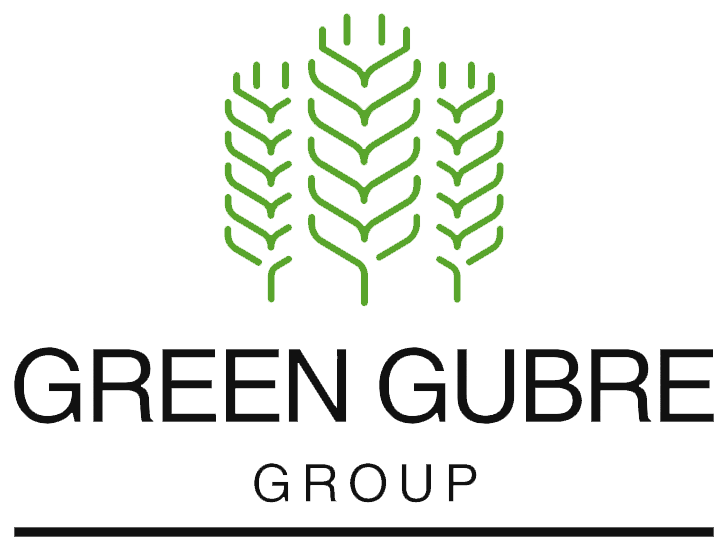India’s Fertilizer Demand Surge – Balancing Food Security, Policy, and Innovation
India’s Fertilizer Demand Surge – Balancing Food Security, Policy, and Innovation
India’s agricultural sector, a lifeline that feeds over 1.4 billion people and contributes nearly 20% to the national GDP, stands as a pillar of domestic stability and a key driver of global fertilizer markets. In 2025, India continues to be one of the largest importers of urea, DAP, and NPK fertilizers, driven by government-backed subsidy programs, expanding crop areas, and evolving sustainability goals.
As the nation pushes for self-reliance while still depending on strategic imports, understanding the intricacies of India’s fertilizer market provides valuable insight into global trade flows and supply chain resilience.

Fertilizer Consumption Patterns in India
India’s fertilizer usage remains heavily skewed toward nitrogen-based fertilizers, especially urea, but a growing awareness around balanced nutrition is reshaping demand across phosphates, potash, and customized NPK blends.
| Fertilizer Type | Annual Demand (approx.) | Key Crops |
|---|---|---|
| Urea (Prilled/Granular) | 35–36 million tons | Rice, wheat, maize |
| DAP | 9–10 million tons | Pulses, oilseeds |
| NPK (Blended) | 9–11 million tons | Cotton, sugarcane |
| MOP (Potash) | 3–4 million tons | Fruits, vegetables |
2025 Trends:
- Increasing demand for sulfur-coated and zinc-enriched urea.
- Rising usage of customized NPK formulations tailored to specific soil and crop types.
Shift from prilled to granular urea in several states due to better handling and less loss.
Government Policy and Subsidy Reforms
India’s fertilizer sector, a heavily regulated domain, is sustained by the government's annual subsidy of more than ₹2 trillion (~ USD 24 billion). This substantial support ensures that farmers can access fertilizers at affordable prices, thereby maintaining the sector's stability and growth.
Key Initiatives in 2025:
- Direct Benefit Transfer (DBT): Ensuring real-time subsidy tracking via Aadhaar-linked purchases.
- One Nation, One Fertilizer: Branding all fertilizers under “Bharat” to ensure uniform quality and pricing.
- PM PRANAM Scheme: Incentivizing states to reduce chemical fertilizer use by promoting organic and bio-based alternatives.
- Expansion of
nano-urea production and field testing.
These policies aim to
optimize fertilizer usage without compromising crop yields or economic accessibility for India’s millions of smallholder farmers.
Fertilizer Import Trends and Trade Partnerships
Despite efforts to ramp up domestic production, India remains heavily dependent on imports, particularly for:
- DAP from Saudi Arabia, Jordan, and Russia
- Urea from the Middle East, North Africa, and Central Asia
- MOP from Canada, Belarus, and Israel
India floats tenders via state-backed agencies like MMTC, IPL, and RCF for bulk imports. The timing of these tenders significantly influences global spot prices, especially for urea and phosphates.
Recent Market Developments:
- A large urea tender in February 2025 pushed FOB Middle East prices upward by $15–20/t.
Importers are adjusting to
CBAM compliance when importing fertilizers to Indian firms with European trading partnerships.
Sustainability Push: Biofertilizers and Green Ammonia
India’s National Mission on Sustainable Agriculture has launched programs to reduce reliance on chemical fertilizers by integrating:
- Biofertilizers (Rhizobium, Azotobacter)
- Organic compost and vermicompost
- Green ammonia pilot projects in Gujarat and Tamil Nadu using solar electrolysis
Private sector giants like IFFCO and Indian Farmers Fertiliser Cooperative are leading research on nano-urea and eco-friendly blends.
India’s Influence on Global Fertilizer Markets
India’s fertilizer procurement decisions ripple across global markets:
- Seasonal tendering schedules affect price volatility.
- Sudden demand surges shift trade flows from Africa and Southeast Asia to India.
- Its subsidy policies often shape long-term trade partnerships and regional price benchmarks.
As India modernizes its agriculture,
its focus on sustainable and innovative fertilization will define the future of global fertilizer strategies.
Conclusion
India’s fertilizer sector in 2025 is a blend of
strategic imports, domestic policy innovation, and scientific transformation. From precision farming initiatives to sustainability experiments with nano-urea and green ammonia, India is balancing its traditional strengths with futuristic goals. For global suppliers, policymakers, and agri-tech innovators,
India represents both a challenge and an opportunity in the path to global food security and climate-smart agriculture.




